
Join our community to see how developers are using Workik AI everyday.
Features

Automate Numerical Computations
Use AI to generate Fortran code for matrix operations, linear algebra, scientific algorithms, and more.

Simplify Parallel Programming
Integrate MPI and OpenMP into Fortran projects for distributed systems and multi-core processing easily with AI.

Manage Large Datasets
AI creates Fortran code to handle large datasets with HDF5 and NetCDF for smoother simulations.

Optimize Code Performance
AI can help enhance loop unrolling, memory access, and vectorization using MKL and Coarray Fortran.
How it works
Register with Google or manually create an account on Workik.
Integrate repositories from GitHub, GitLab, or Bitbucket, and add libraries like LAPACK, BLAS, or Fortran frameworks to tailor AI output for your project’s needs.
Use AI to generate, debug, and test Fortran code for tasks such as matrix operations, scientific algorithms, and parallel processing with MPI or OpenMP.
Invite team members to collaborate, share real-time insights & feedback, and automate tasks like testing, optimizations, and data processing.
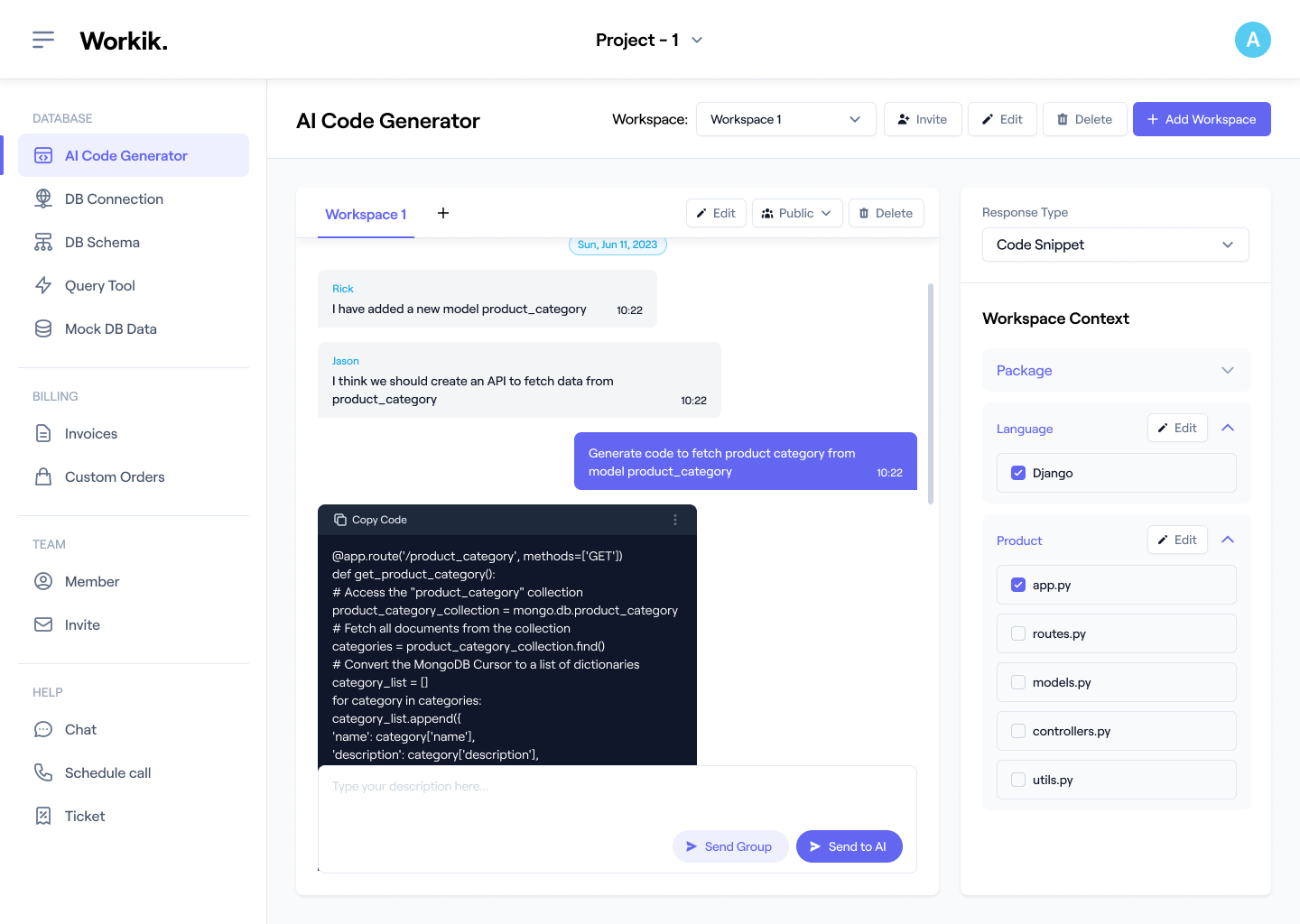

Expand
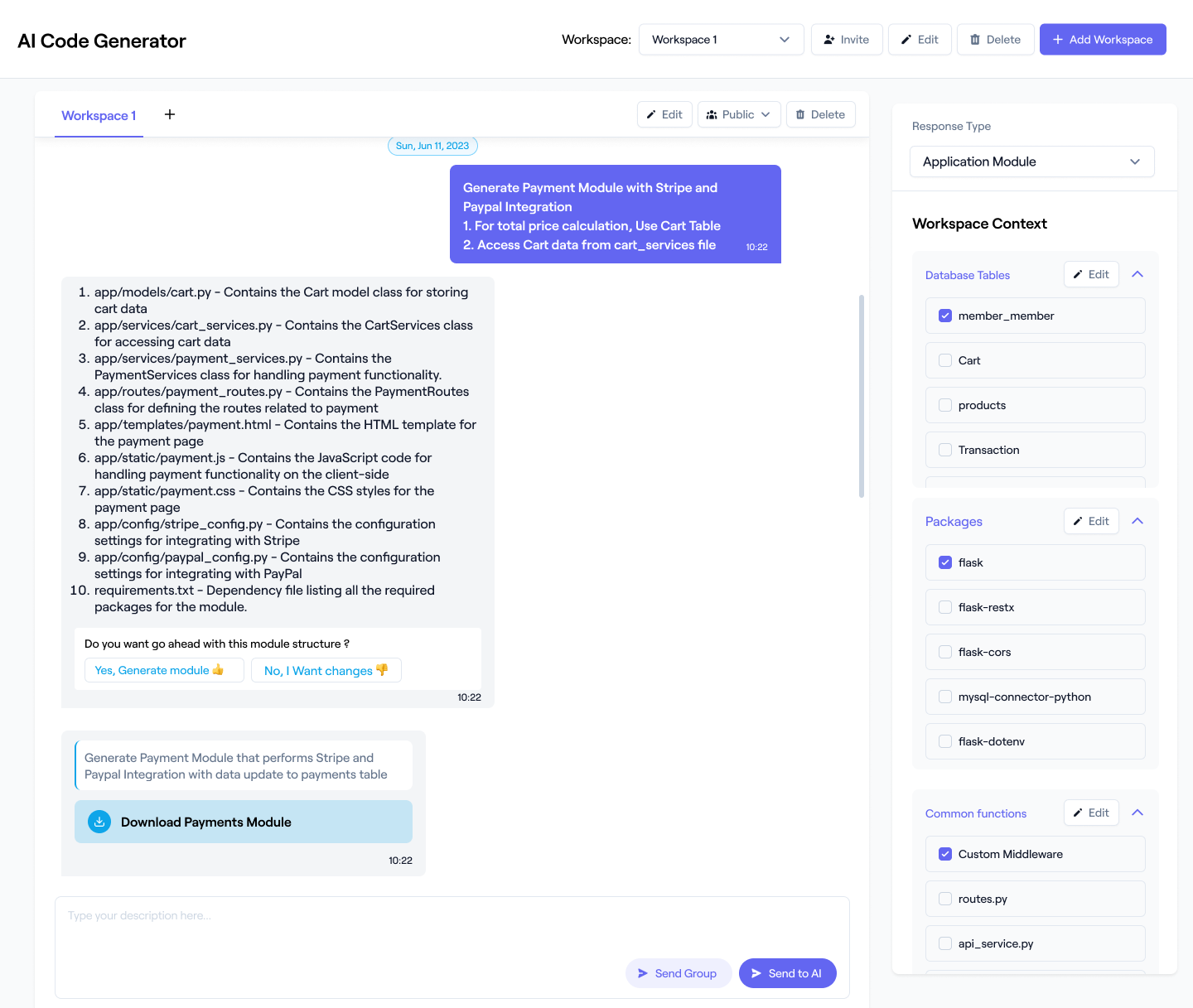

Expand
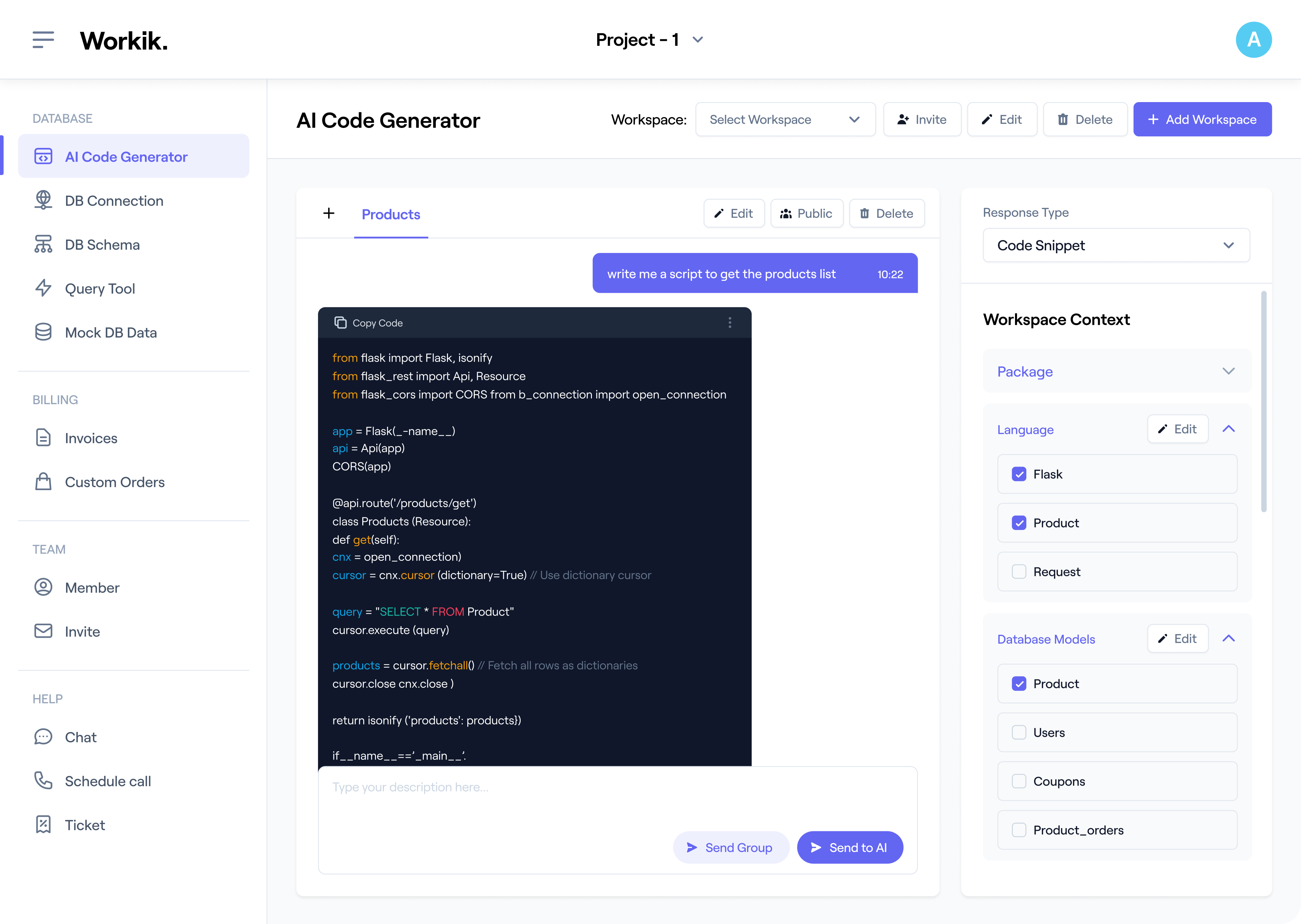

Expand
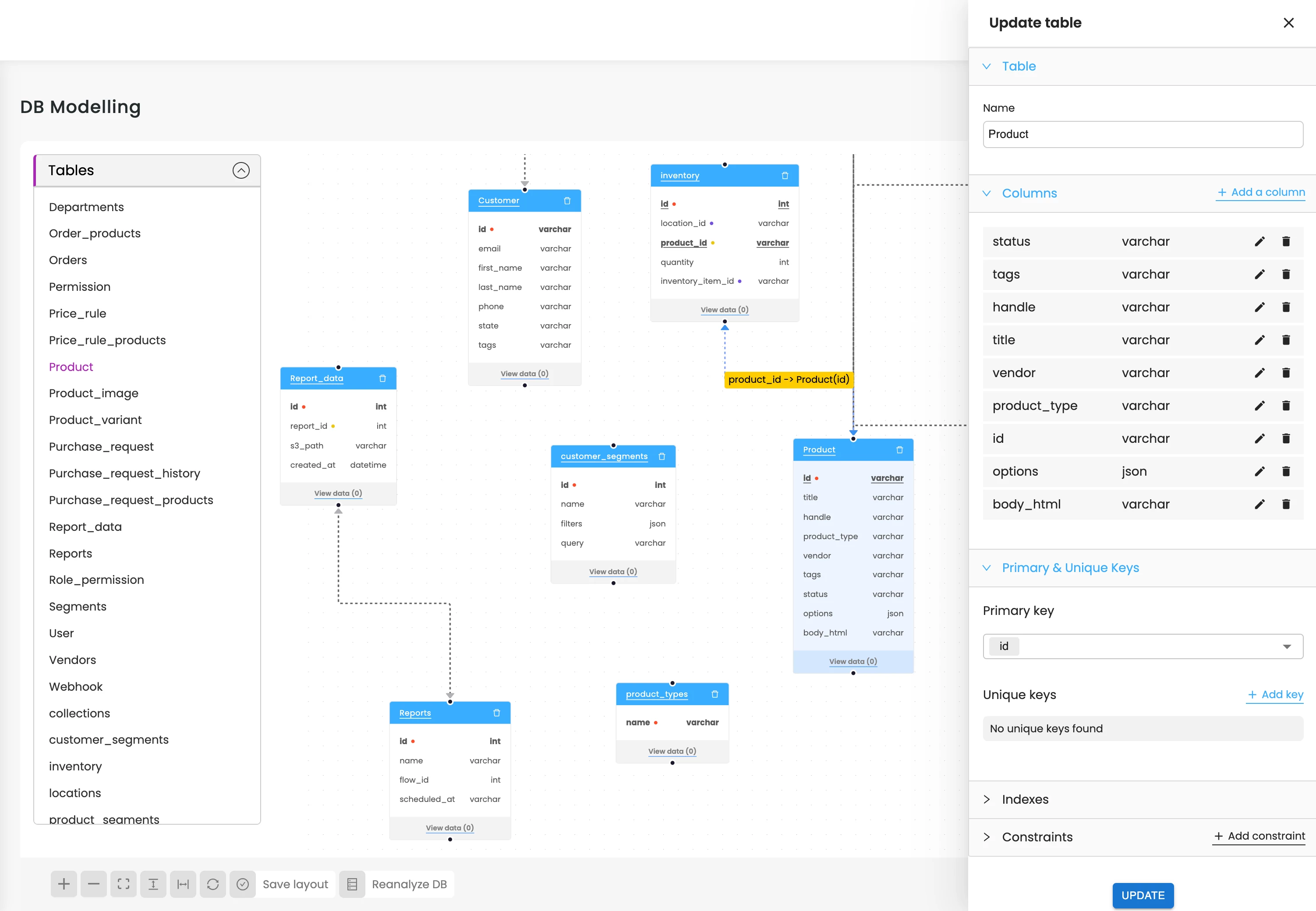

Expand
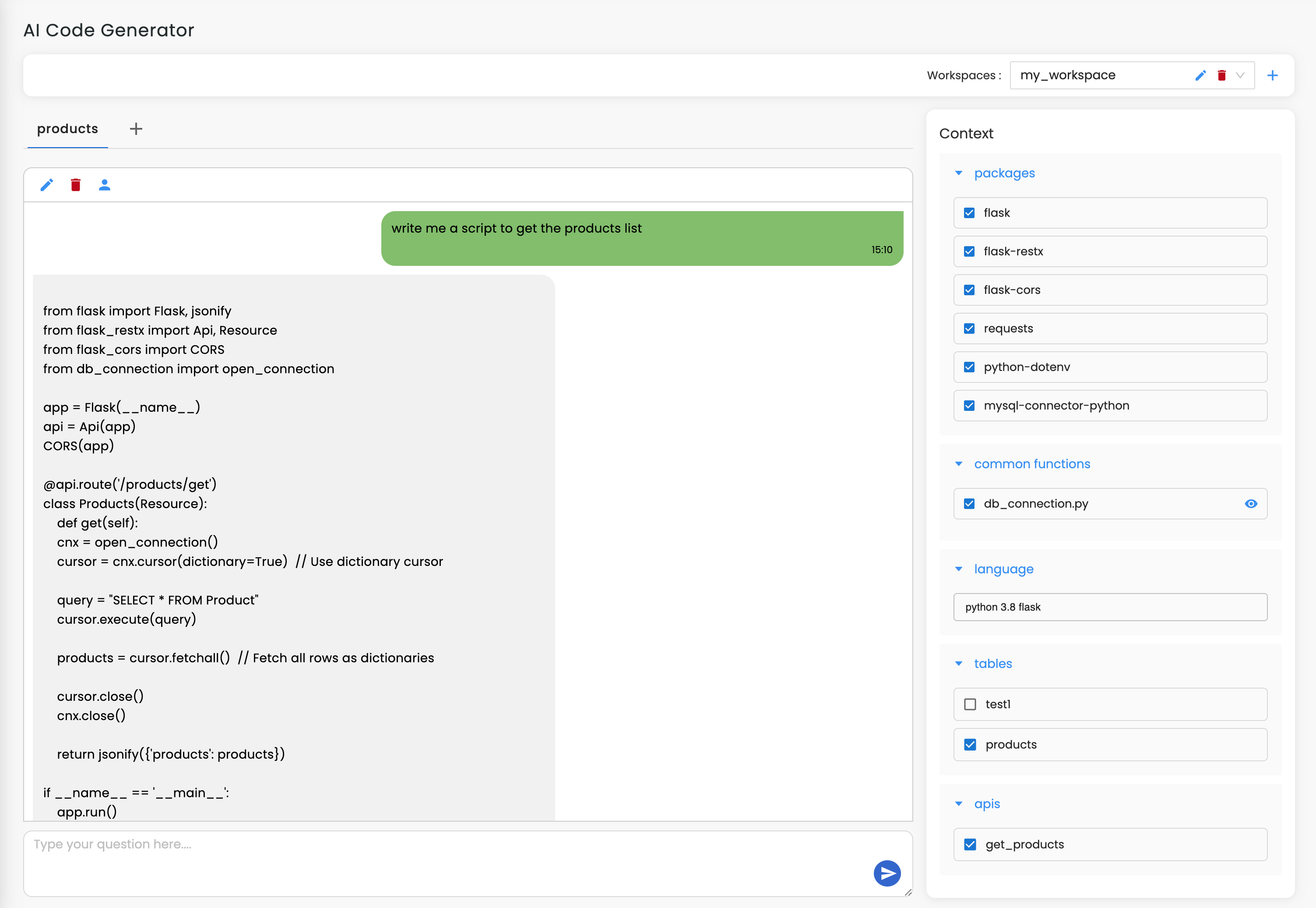

Expand


Expand


Expand


TESTIMONIALS
Real Stories, Real Results with Workik
Workik AI generated high-performance Fortran code for aerospace simulations. It delivered exactly what I needed.

Alan Wright
Aerospace Engineer
I could Seamlessly generate Fortran subroutines for my scientific data models. Workik AI nailed the precision.

Nancy Lee
Scientist
Workik AI produced optimized Fortran code for my physics simulations, saving days of manual effort.

Omkar Chavan
Computational Physicist
What are some popular use cases for Workik's AI-powered Fortran Code Generator?


Popular use cases of Workik AI for Fortran include, but are not limited to:
* Automate the generation of scientific computation routines (e.g., matrix operations, numerical solvers).
* Optimize code for high-performance computing (HPC) applications.
* Generate test cases for numerical accuracy and scientific validations.
* Modernize legacy Fortran code to enhance maintainability and performance.
* Streamline development for parallel processing and data-intensive applications.
What context-setting options are available in Workik AI for Fortran development?


Workik AI provides diverse context-setting options to help personalize AI output. Users can:
* Sync with version control systems like GitHub, GitLab, or Bitbucket.
* Define specific Fortran libraries (e.g., LAPACK, BLAS, NetCDF).
* Set parallel processing frameworks like MPI or OpenMP.
* Add scientific database schemas relevant to simulations or large-scale data handling, such as HDF5, NetCDF, for managing complex datasets.
* Import API blueprints for integrating scientific data services or external protocols like RESTful APIs for interoperability with external systems.
How does Workik AI assist with migrating legacy Fortran code to modern standards?


Workik AI refactors outdated Fortran 77 code to modern Fortran (90/95) by converting fixed-format code into more readable free-format. It also updates old libraries to modern ones like LAPACK and BLAS, optimizing performance through improved loops, memory access, and parallelism.
How can Workik AI automate repetitive tasks in Fortran debugging?


Workik AI automates several debugging tasks in Fortran, such as:
* Run unit tests on numerical algorithms to ensure accuracy.
* Automate memory checks to detect potential leaks in large datasets.
* Schedule performance tests after each code change to catch issues from optimizations like vectorization.
* Use AI-driven pipelines to continuously validate code after migrations, reducing manual debugging.
How does Workik AI handle large datasets and optimize I/O operations in Fortran?


Workik AI simplifies managing large datasets by generating Fortran code that efficiently handles libraries like HDF5 and NetCDF, ensuring faster and optimized read/write operations. It enhances I/O performance by parallelizing file operations, minimizing bottlenecks in data-heavy computations, ideal for HPC simulations.
How do I integrate parallel processing in Fortran using Workik AI?


Workik AI generates MPI and OpenMP code, enabling multi-core and distributed computing for your projects. It ensures scalable parallel processing, simplifying the use of modern hardware without needing deep concurrency expertise.
How can I ensure numerical stability in scientific computations using Workik AI?


Workik AI assists in maintaining numerical stability by automatically generating test cases to check edge cases and precision limits. It can also suggest more accurate numerical algorithms or libraries when handling floating-point operations and complex calculations in scientific computing tasks.
How can Workik AI help refactor Fortran code for GPU acceleration?


Workik AI can help refactor Fortran code for GPU acceleration by using frameworks like CUDA or OpenACC. It identifies portions of the code that benefit from parallel processing, automatically generates offloading code, and optimizes performance for hybrid CPU-GPU environments. This makes it highly useful for tasks like scientific simulations or high-performance computing.
Generate Code For Free

Fortran: Question and Answer
Fortran (Formula Translation) is one of the oldest high-level programming languages, designed specifically for scientific computing and numerical tasks. It remains highly relevant in high-performance computing (HPC), especially in fields like physics, engineering, and computational chemistry, where precise mathematical calculations are required.
Popular frameworks and libraries used in Fortran include:
Numerical Libraries:
LAPACK, BLAS, IMSL
Parallel Processing:
MPI, OpenMP
Scientific I/O:
HDF5, NetCDF
Random Number Generation:
Mersenne Twister, RANLUX
Matrix Operations:
MATMUL, LINPACK
GPU Acceleration:
CUDA Fortran, OpenACC
Popular use cases of Fortran include:
Scientific Simulations:
Common in computational physics, climate modeling, and fluid dynamics.
High-Performance Computing (HPC):
Utilized in massive parallel processing environments for tasks like weather prediction and molecular dynamics.
Numerical Analysis:
Applied for tasks like solving linear algebra problems, differential equations, and large-scale matrix computations.
Data Processing:
Efficiently handling large datasets in scientific and research environments.
Engineering Applications:
Used in structural analysis, finite element analysis, and aerodynamics simulations.
Career opportunities include roles such as HPC Engineer, Scientific Software Developer, Computational Physicist, and Climate Modeler. Numerical Analysts and Research Scientists in fields like engineering and physics also often work extensively with Fortran, especially in supercomputing centers or for government research projects.
Workik AI provides extensive Fortran code assistance, which includes:
1. Code Generation:
Automatically generates Fortran code for numerical tasks, matrix operations, and scientific computations.
2. Debugging:
Helps identify and fix issues in Fortran code, including numerical inaccuracies and memory leaks.
3. Optimization:
Suggests optimizations for improving code performance, especially in HPC environments.
4. Refactoring:
Refactors legacy Fortran code to modern standards, improving readability and performance.
5. Parallel Processing:
Generates Fortran code for MPI and OpenMP to handle multi-core architectures.
6. Data Handling:
Assists with efficient handling of large datasets using libraries like HDF5 and NetCDF.
7. Reporting:
Helps integrate with scientific libraries and generate performance reports or results summaries.
Explore more on Workik
Get in touch
Don't miss any updates of our product.
© Workik Inc. 2025 All rights reserved.

